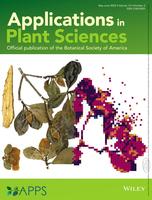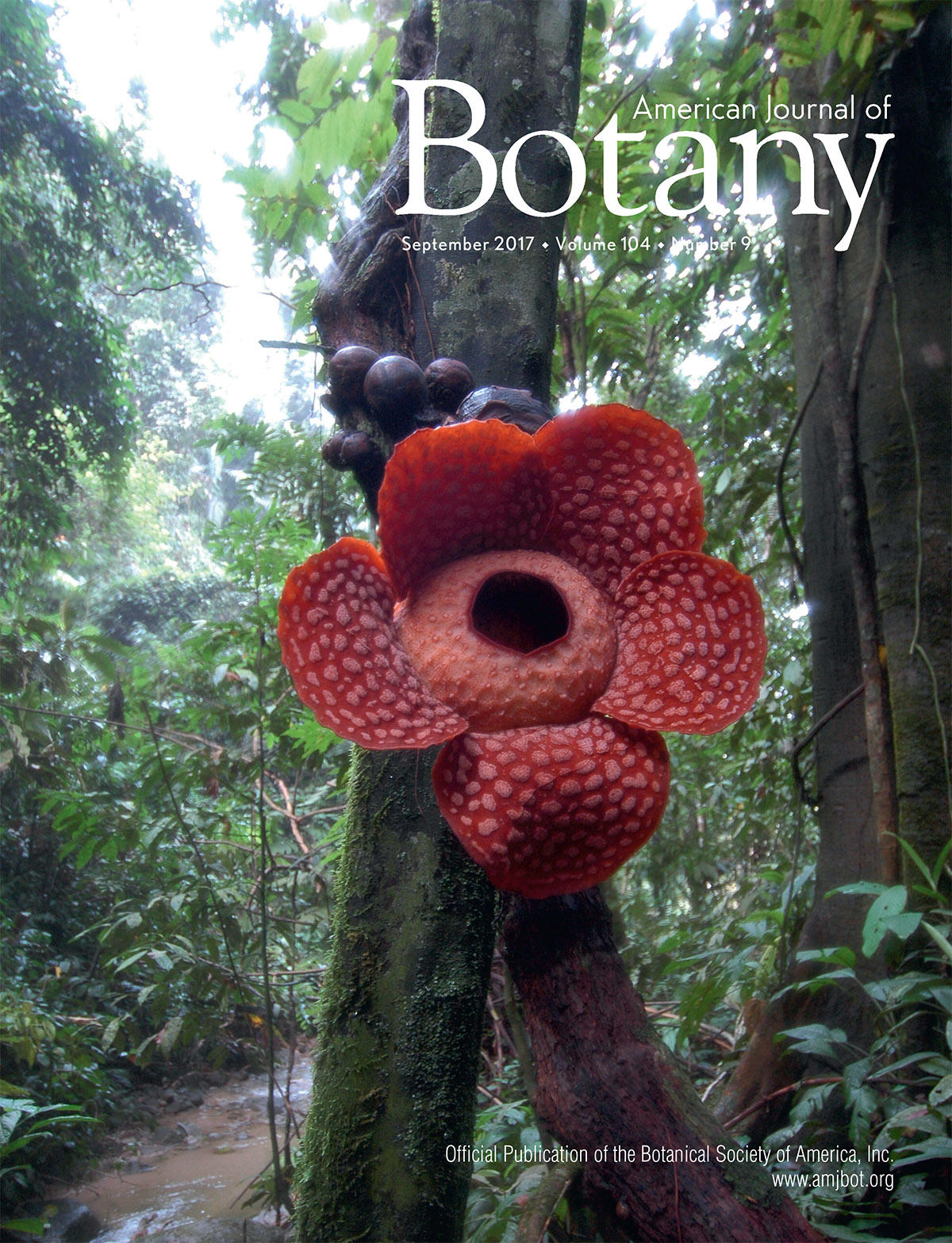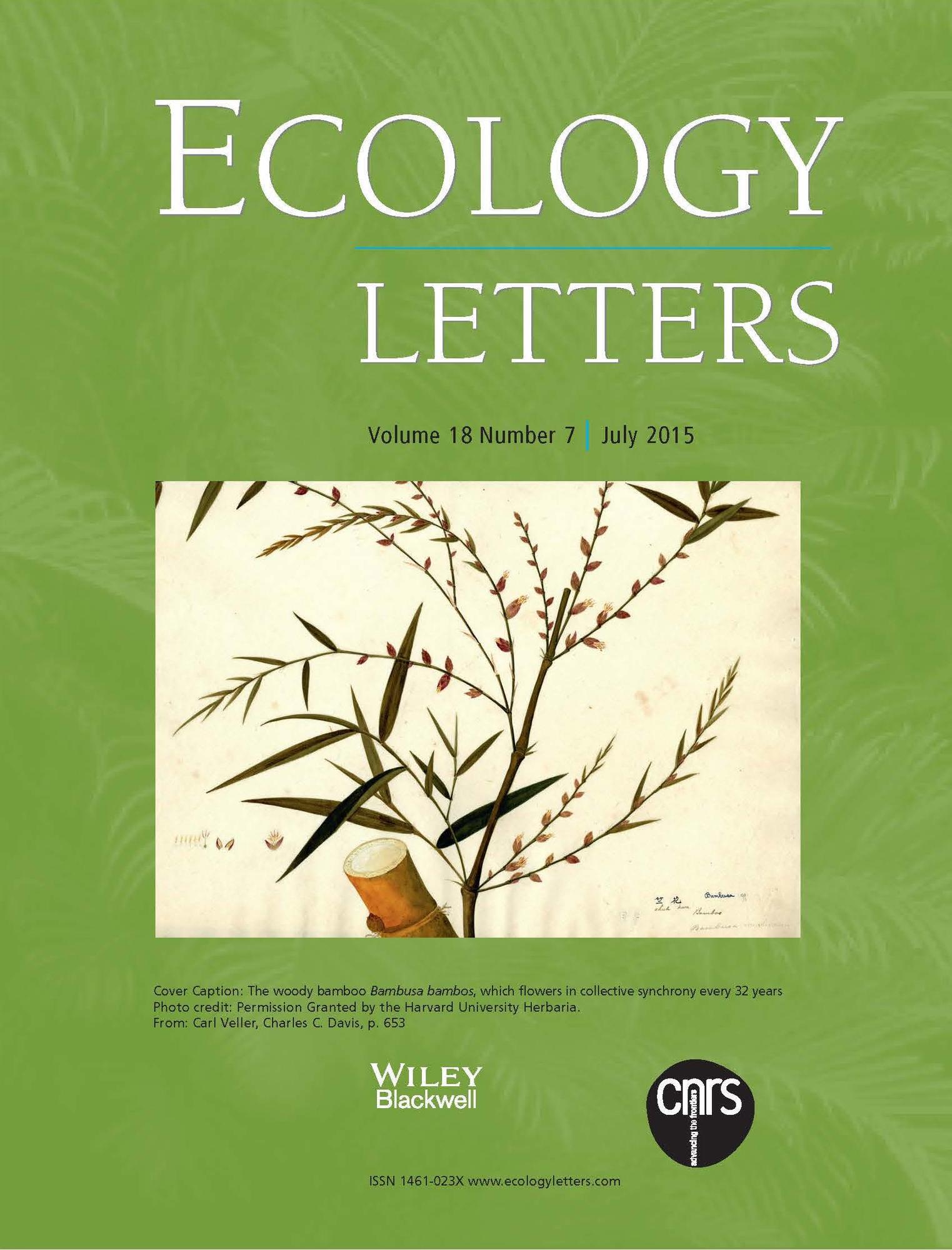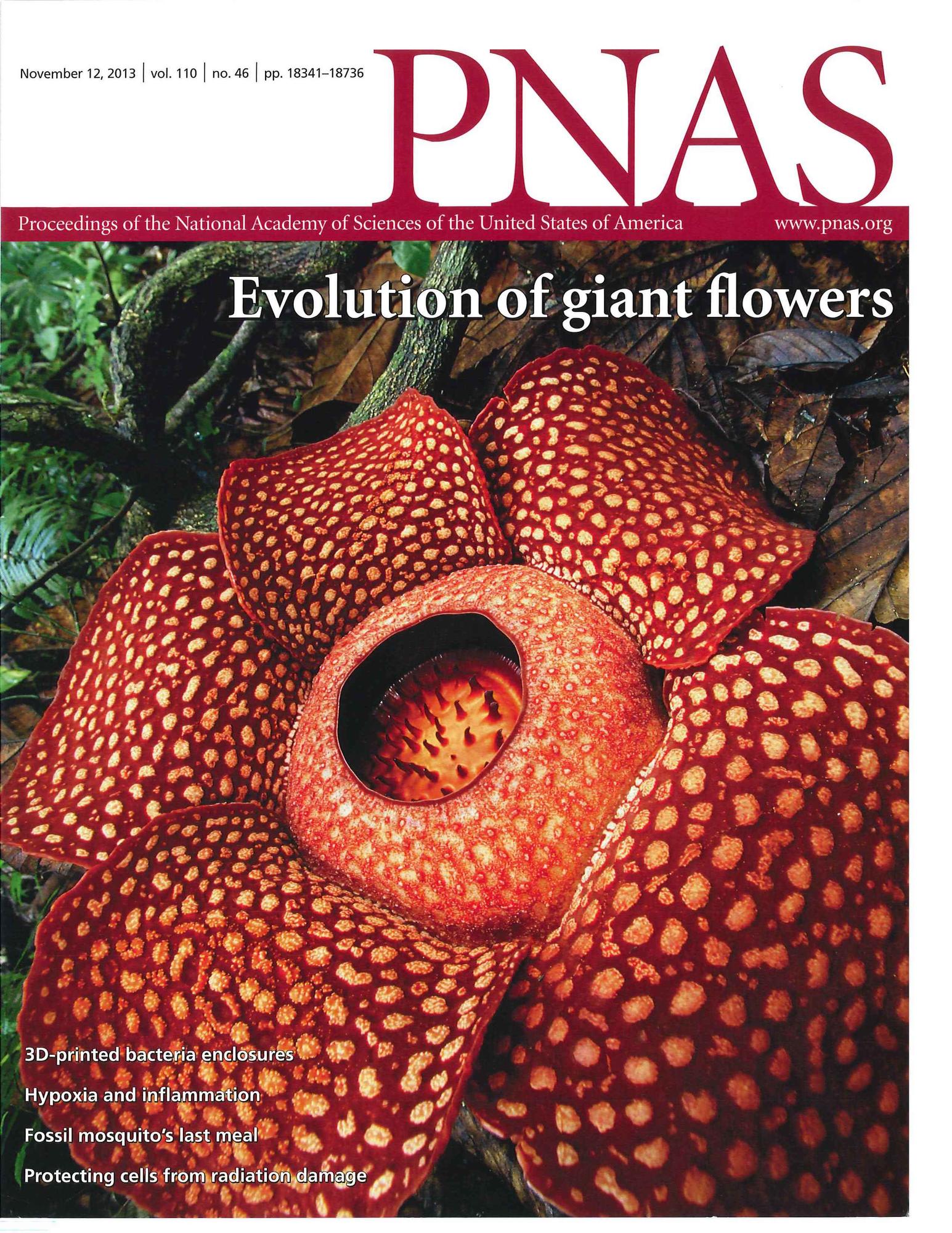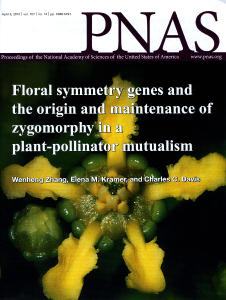Citation:
Brad R. Ruhfel, Claudia P. Bove, C. Thomas Philbrick, and Charles C. Davis. 2016. “Dispersal largely explains the Gondwanan distribution of the ancient tropical clusioid plant clade.” American Journal of Botany , 103, 6, Pp. 1-12.
| 1.45 MB |
Abstract:
PREMISE OF THE STUDY: The clusioid clade (Malpighiales) has an ancient fossil record (~90 Ma) and extant representatives exhibit a pantropical distribution represented on all former Gondwanan landmasses (Africa, Australia, India, Madagascar, and South America) except Antarctica. Several biogeographers have hypothesized that the clusioid distribution is an example of Gondwanan vicariance. Our aim is to test the hypothesis that the modern distribution of the clusioid clade is largely explained by Gondwanan fragmentation. METHODS: Using a four gene, 207-taxon data set we simultaneously estimated the phylogeny and divergence times of the clusioid clade using a Bayesian Markov chain Monte Carlo approach. Ancestral Area Reconstructions (AARs) were then conducted on a distribution of 1000 trees and summarized on a reduced phylogeny. KEY RESULTS: Divergence time estimates and AARs revealed only two or four cladogenic events that are potentially consistent with Gondwanan vicariance, depending on the placement of the ancient fossil Paleoclusia . In contrast, dispersal occurred on > 25% of the branches, indicating the current distribution of the clade likely refl ects extensive recent dispersal during the Cenozoic (< 65 Ma), most of which occurred after the beginning of the Eocene (~56 Ma). CONCLUSIONS: These results support growing evidence that suggests many traditionally recognized angiosperm clades (families and genera) are too young for their distributions to have been infl uenced strictly by Gondwanan fragmentation. Instead, it appears that corridors of dispersal may be the best explanation for numerous angiosperm clades with Gondwanan distributions.See also: 2016-2020

